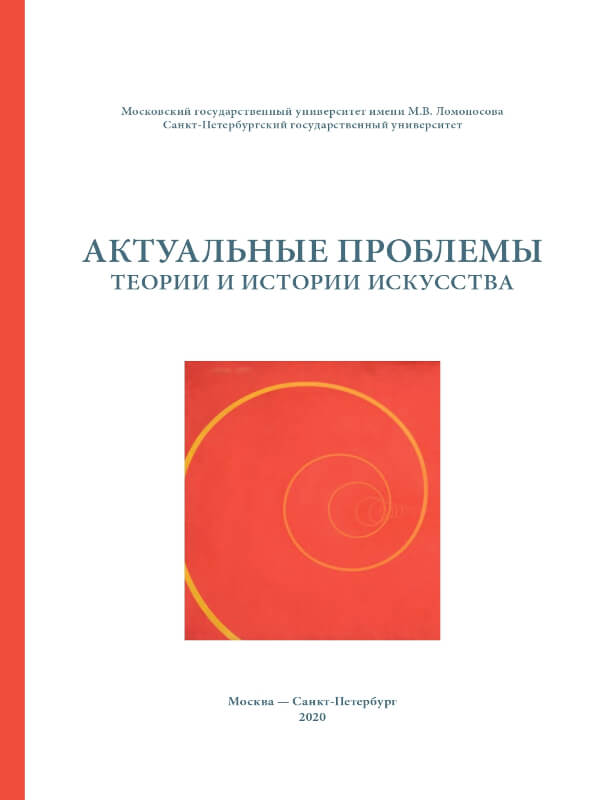Diverse Experiences: Strategies of Display at Tate Modern
DOI:
https://doi.org/10.18688/aa200-5-63Keywords:
Tate Modern, changing annual displays, collectionAbstract
Since opening in 2000, Tate Modern’s thematic displays of the collection have increasingly allowed for multiple stories to be told about art made after 1900. The purpose is to question, disrupt, and enrich the established, canonical, view of a single master-narrative so as to diversify our experiences and allow space for work that has been excluded in earlier histories. Such a revision lets us all engage with more art. As a result, the range and identities of artists has expanded considerably and with that shift has come the inclusion of different media. Such openness has only been possible because of a programme of changing annual displays and by completely re-installing the collection on a number of occasions, most recently for the opening of the New Tate Modern in 2016. Tate Modern’s strategies for display are, therefore, open to a widerange of ideas and concerns that reflect our position of connecting our audience with the art of the times.
References
Blazwick I. Tate Modern: The Handbook. London, Tate Publ., 2000. 256 p.
Bowness S. (ed.). Barbara Hepworth: Writings and Conversations. London, Tate Publ., 2015. 304 p.
Gale M. (ed.). Tate Modern Handbook. London, Tate Publ., 2016. 352 p.
Gayford M. A New Space for a New Art. Tate Modern: The First Five Years, London, Tate Publ., 2005, pp. 7–12.
Leavell L. Holding On Upside Down: The Life and Work of Marianne Moore. New York, Farrar, Straus and Giroux Publ., 2013. 480 p.
Manson J. B. Foreword. Paintings, Water-Colours and Woodcuts by Herbert Gurschner (Tyrolese Artist), Exhibition Catalogue. London, Fine Arts Society Publ., 1931, p. 5.


